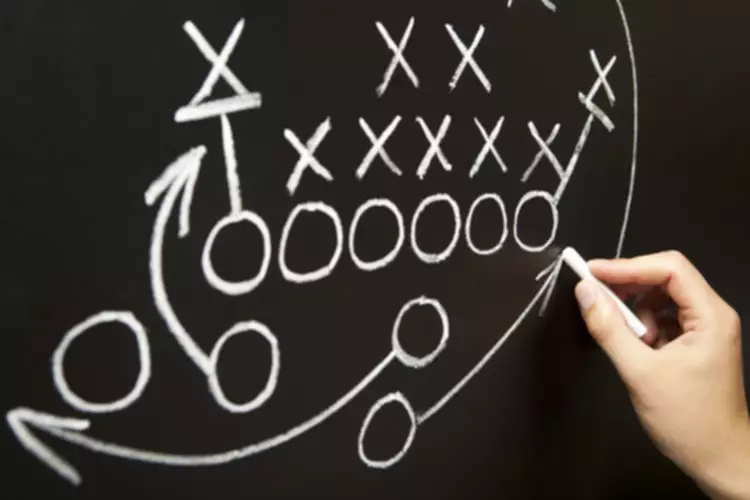
Cori’s key responsibilities include supervising financial operations, and daily financial reporting and account management. She is a Certified Recovery Residence Administrator with The Florida Certification Board and licensed Notary Public in the state of Florida. It was at these meetings that he finally decided that he was an alcoholic and that he needed to stop drinking.

Is Trazodone Habit-Forming Or Addictive?

Lapse management includes drawing a contract with the client to limit use, to contact the therapist as soon as possible, and to evaluate the situation for factors that triggered the lapse6. Critical for craving and relapse is the process of associative learning, whereby environmental stimuli repeatedly paired with drug consumption acquire incentive-motivational value, evoking expectation of drug availability and memories of past drug euphoria15. He is a member https://ecosoberhouse.com/ of over a dozen professional medical associations and in his free time enjoys a number of different activities. Although now retired from racing, was a member of the International Motor Sports Association and Sports Car Club of America. Dr. Bishop is also a certified open water scuba diver, he enjoys fishing, traveling, and hunting. Her over 15 years’ experience working in healthcare administration and management quickly launched her into a leadership role.
Outcome expectancies
If the reason for the violation is attributed to internal, stable, and/or global factors, such as lack of willpower or possession of an underlying disease, then the individual is more likely to have a full-blown relapse after the initial violation occurs. On the other hand, if the reason for the violation is attributed to external, unstable, and/or local factors, such as an extremely tempting situation, then the individual is more likely to recover from the violation and get back onto the path of abstinence. Positive social support is highly predictive of long-term abstinence rates across several addictive behaviours. Among social variables, the degree of social support available from the most supportive person in the network may be the best predictor of reducing drinking, and the number of supportive relationships also strongly predicts abstinence. Further, the more non-drinking friends a person with an AUD has, the better outcomes tend to be.
Moving Forward in Recovery After AVE
- Additionally, no studies identified in this review compared reasons for not completing treatment between abstinence-focused and nonabstinence treatment.
- These patterns can be actively identified and corrected, helping participants avoid lapses before they occur and continue their recovery from substance use disorder.
Additionally, in the United Kingdom, where there is greater access to nonabstinence treatment (Rosenberg & Melville, 2005; Rosenberg & Phillips, 2003), the proportion of individuals with opioid use disorder engaged in treatment is more than twice that of the U.S. (60% vs. 28%; Burkinshaw et al., 2017). A specific process has been described regarding attributions that follow relapse after an extended period of abstinence or moderation. The abstinence violation effect can be defined as a tendency to continue to engage in a prohibited behavior following the violation of a personal goal to abstain. For example, an individual who has successfully abstained from alcohol, after having one beer, may drink an entire case of beer, thinking that since he or she has “fallen off the wagon,” he or she might as well go the whole way. When an abstinence violation occurs, the attributions an individual makes play an important part in determining the trajectory of subsequent use.

Now serving as the Director of Human Resources since 2018, she leads our organization through the intricate requirements of recordkeeping, recruitment, staff development as well as compliance. While also directing all aspects of HR including payroll, benefits administration, performance management, and compliance with federal, state, and local employment laws, as well as licensing and accreditation standards. He calls this “urge surfing.” Instead of denying abstinence violation effect our addictive nature or hating ourselves for it, we learn to keep living in spite of it. This is easier when utilizing a technique which Marlatt refers to as SOBER—Stop, Observe (our thoughts and emotions), Breathe, Expand (our awareness and our comprehension of potential consequences if we use), and Respond mindfully (make the right choice not to use). When abstinence violation effect kicks in, the first thing we often do is criticize ourselves.
2. Controlled drinking
Continued empirical evaluation of the RP model
- We first provide an overview of the development of abstinence and nonabstinence approaches within the historical context of SUD treatment in the U.S., followed by an evaluation of literature underlying the theoretical and empirical rationale for nonabstinence treatment approaches.
- Understanding the AVE is crucial for individuals in recovery and those focused on healthier lifestyle choices.
- Encouragement and understanding from friends, family, or support groups can help individuals overcome the negative emotional aftermath of the AVE.
- It is, however, most commonly used to refer to a resumption of substance use behavior after a period of abstinence from substances (Miller 1996).
